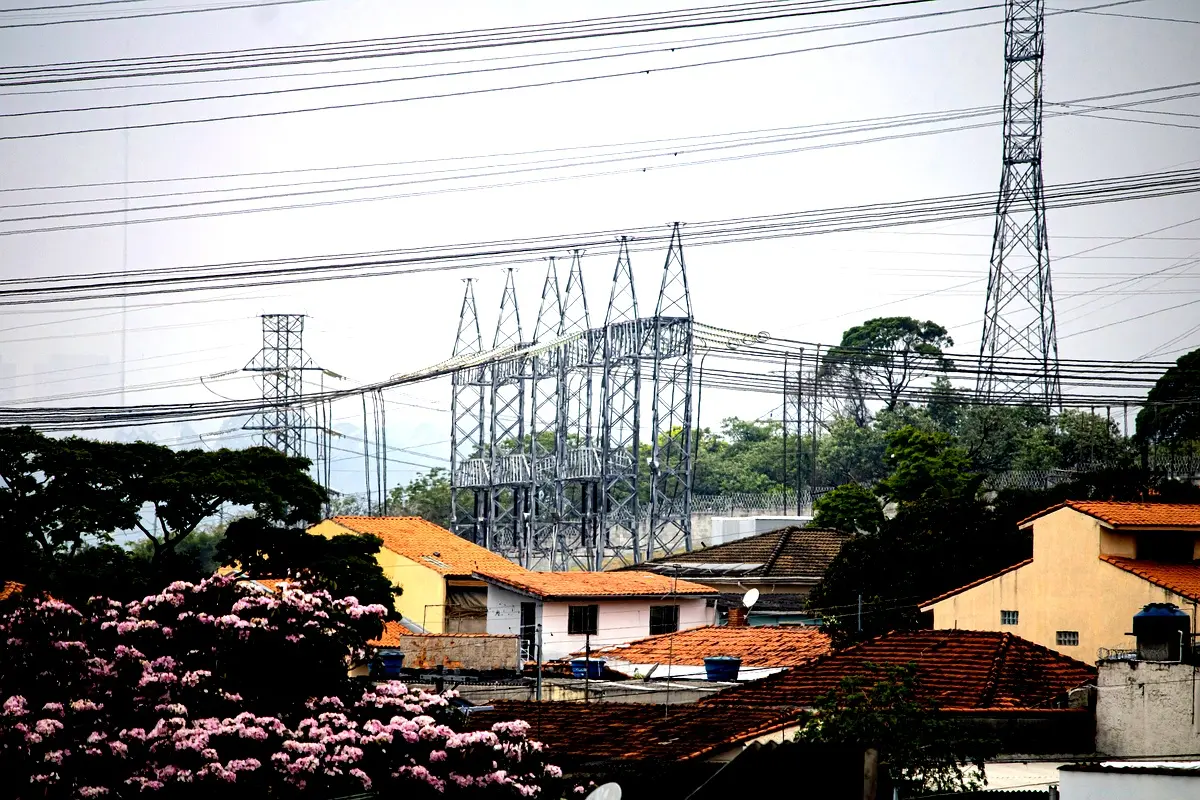Energy growth applications reveal a striking correlation between energy consumption and economic development across 15 African nations from 1980 to 2012. This research uncovers diverse causal relationships, with electricity emerging as the most influential energy type, reshaping our understanding of economic dynamics in the region.
IV. DATA AND MODEL
We use the times series data of the 15 richest countries in Africa in terms of GDP (2015est.): Nigeria, Egypt, South Africa, Algeria, Morocco, Angola, Sudan Kenya, Ethiopia, Tunisia, DR Congo, Ghana, Libya, Ivory Coast, Cameroon. Our data have been sourced in the World Bank Data for the Growth Domestic product and in US Energy Information Administration of data for energy which cover the period of 1980-2012.
The endogenous modified version of production functions when following the model (2004):
(1)

Where stand for the aggregate output over the time period t, K is the capital, tenercons measured in quadrillion Btu (British thermal unit) with is the total energy consumption. Following our theoretical framework, we will depend on this linear function:
(4)
Thus based on Granger causality approach, GDP Granger causes total electricity consumption, then past values of GDP should contain information that help predict above and beyond the information contained in the past values of total electricity consumption alone.
(5)
(6)
Where tenercons is the total energy consumption, GDP the gross domestic product which stand as economic growth. n is the maximum number of lagged observations and stand for the coefficient of the model which contribute by each lagged observation to predict values of gdp and tenercons.
Finally and are random errors for each times series.
If the variance of / is reduced by the inclusion of gdp/tenercons terms in the (3) or (4), then we can said that gdp/tenercons G-causes tenercons/gdp. That is, tenercons will causes gdp if is significantly different from zero. We can test by using the logarithm of the corresponding F-statistics (Geweke 1982).
(7)
(8)
In order to find the causality between energy consumption and the GDP, in our next step, we will test the p-value. Then test the Granger causality of energy consumption and GDP consumption as a whole. After, we will proceed to a separated granger test between the disaggregated of total energy consumption in 3 natural logarithms:
- lnngas: log natural gas consumption measured in Billion cubic feet.
- lnoilcons: log oil consumption measured in quadrillion Btu,
- lnhelecons: log hydroelectricity consumption measured in billion kilowatthours.
Before proceeding to our Granger causality test, we need to make sure that our data are stationary. For that we will proceed to the ADF (Augmented Dicker and Fuller) test. Indeed Given an observed time series Dickey and Fuller consider three differential-form autoregressive equations to detect the presence of a unit root:
(9)
(10)
(11)
Where:
- t: time index,
- α: intercept constant,
- β: coefficient on a time trend,
- γ: coefficient presenting process root,
- p:lag order of the first-differences autoregressive process,
- et:independent identically distributes residual term.
The difference between these three equations is the presence of the deterministic elements α and βt.
The focus of testing is whether the coefficient γ equals to zero, what means that the original process has a unit root; hence, the null hypothesis of γ = 0 (random walk process) is tested against the alternative hypothesis γ < 0 of stationarity2.
________________________
2 Définition donnée par l’article 62 de la loi sur les nouvelles régulations économiques (NRE) du 15 mai 2001. ↑
Frequently Asked Questions
What is the main focus of the research on energy consumption and economic growth in African countries?
The research investigates the causal relationship between energy consumption and economic growth in 15 African countries from 1980 to 2012 using Granger causality tests.
Which types of energy consumption were analyzed in the study?
The study examines total energy consumption and specific energy types including oil, electricity, and natural gas.
What were the findings regarding the impact of electricity on economic growth?
The findings suggest that electricity has the strongest impact on economic growth among the energy types analyzed.
